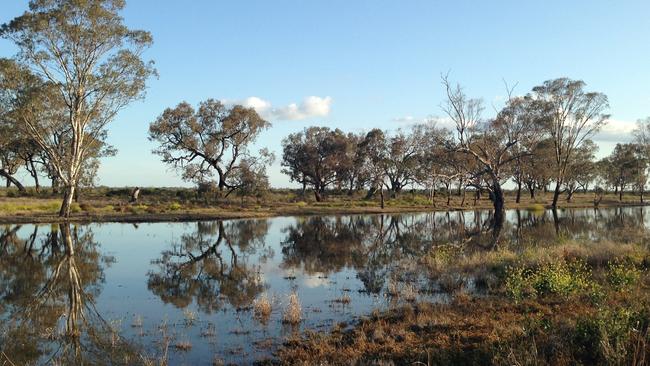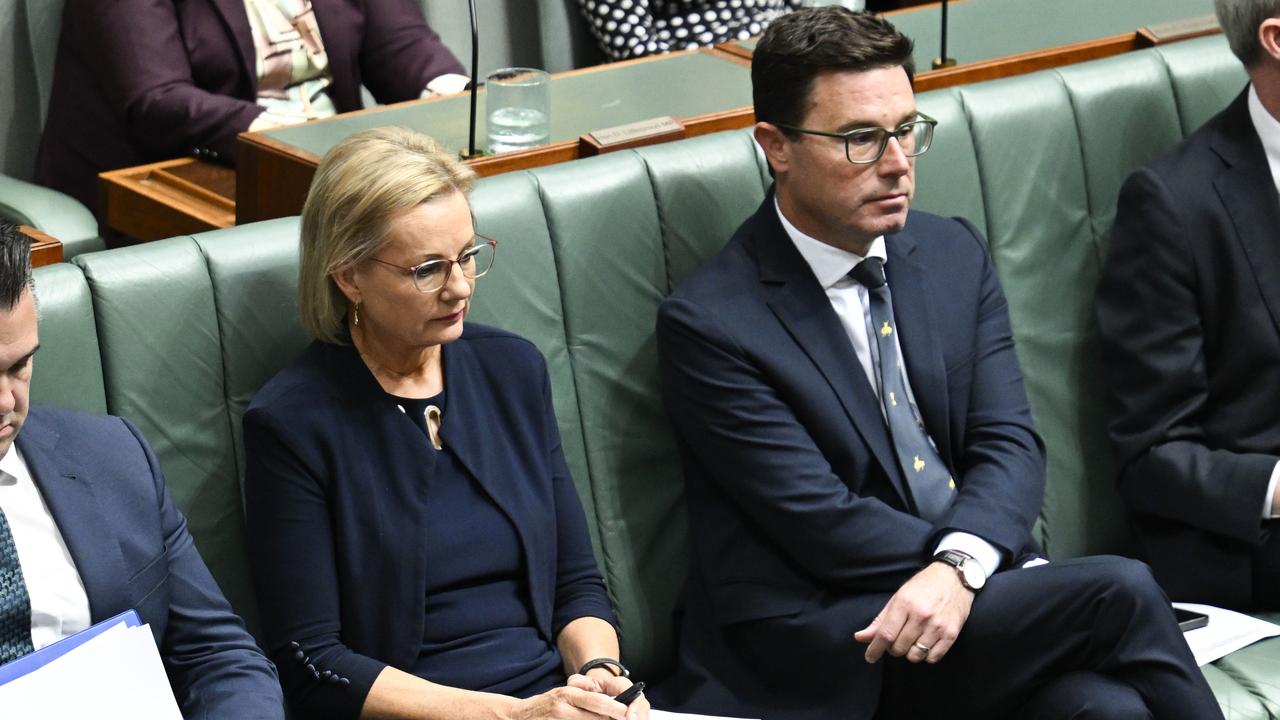Irrigators face fines in Gwydir Valley water cap
The NSW government’s new floodplain harvesting scheme in the important Gwydir Valley will have a ‘significant impact’, irrigators warn.

The NSW government’s new floodplain harvesting scheme in the important Gwydir Valley, a major cotton-growing area near Moree, will have a “significant impact”, irrigators warn.
But the Gwydir Valley Irrigator Association says the rules — which will force the return of an average of 50 gigalitres of floodplain water to the river — are necessary to ensure the system works.
The Australian reported on Monday that Planning Department modelling suggested irrigators were removing 111 per cent of the allowed water through floodplain harvesting, including using unlicensed infrastructure such as channels, levees and dams.
“(The new rules are) going to have a significant impact,” Zara Lowien, executive officer at the Gwydir Valley Irrigators Association, said. “We’ve realised the bucket is too full and we’re going to have to tip some out and the industry will have to wear that.”
“The government has taken 20 years to get to this point and enough is enough,” she said.
“We’re going to look at the technical impacts, but our local industry is very focused on ensuring we’re compliant with the cap and the basin plan.”
Under the proposed rules, floodplain harvesting will fall from 174GL to 120.7GL — the existing limit — leaving more water for communities downstream as well as native vegetation and fish.
But some researchers remain concerned that the government will struggle to police irrigators.
Much of the infrastructure that has been built to capture the floodwater is not licensed.
Richard Kingsford, the director of UNSW’s Centre for Ecosystem Science, said it was a “laudable” goal and “fundamentally important for people, communities downstream and of course the environment”.
“But I haven’t got the confidence that the government will stand up to those who are complaining when they are only able to take half of what they once could,” Professor Kingsford said.
The Berejiklian government will implement new rules and licences in the region from July 1.
Natural Resources Access Regulator official Grant Barnes told The Australian that the watchdog had “boots on the ground and eyes in the sky” in the form of NASA satellites to ensure that irrigators did not surpass their floodwater allowances. If they do, they will face millions of dollars in fines.
“Our job is to enforce the law and we do so through a mix of boots on the ground and investigators who work throughout the state, and their work is complimented but the use of sophisticated satellite imagery that enables them to detect the movement of water, the access and use of water,” Mr Barnes said.
“It means we can determine water being taken any time anywhere throughout the state.”
University of Sydney hydrologist Willem Vervoort said licensing was positive for the environment, but added that he empathised with irrigators who would see a significant impact.
“We know the environment has been short-changed … but I can also see it’s going to be painful for the irrigators because they have had certain expectations and built businesses around that,” he said. “In the past, the irrigators have had the benefit of the doubt and I’m not convinced that some people haven’t abused that,” he added.
Environmental Defenders Office lawyer Emma Carmody said clear, effective safeguards were necessary to restore the confidence of downstream communities and that the best way to ensure compliance was to legislate downstream flow targets at key points along the river.




To join the conversation, please log in. Don't have an account? Register
Join the conversation, you are commenting as Logout